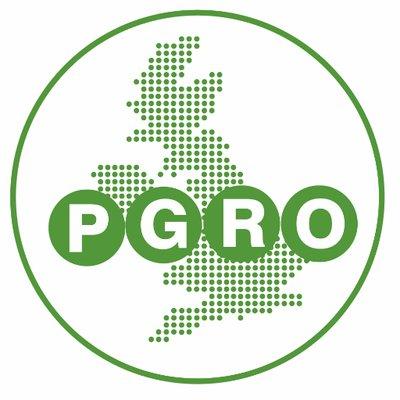The video discusses which intercropping combinations work best.

PGRO Chief Executive Roger Vickers talks us through one of PGRO's intercropping trial plots.
The video discusses which intercropping combinations work best.
Pulses are leguminous crops harvested for dry protein-rich seed, with peas (pisum sativum) and beans (vicia faba) being the major crops in the UK.
A weed can have many definitions, one being, any plant growing in a place it is not wanted. This topic focuses mainly on weeds affecting agriculture. Generally weeds are classified into two groups: grass-weeds (e.g Black-grass, Italian ryegrass, Bromes) and broad-leaved weeds (e.g Mayweed, Chickweed, Poppy, Cleavers).
As the UK's centre of excellence for peas and beans, the PGRO has a long and highly valued track record of providing authoritative, up to date information and project work based on solid, reliable research.
Oats (Avena sativa) is a cereal grown for human and animal consumption. In the UK, both winter and spring varieties are available. In 2021, ~210,000 ha of oats were grown in GB.
Intercropping is a method of planting two or more crops in close proximity to each other, either in alternate rows or in the same row. The goal of intercropping is to maximize the use of available space and resources, such as sunlight, water, and nutrients. It can also help to improve soil health and increase crop diversity, which can provide a range of benefits including increased resistance to pests and diseases, and a longer harvest season.
Share information, knowledge, resources and experience on how we can improve crop perfomance (yield, quality and profitability) whilst reducing reliance on input, reducing impacts and improving environmental performance.
Field beans (vicia faba) are a widely grown break crop across the UK on around 170,000 ha.